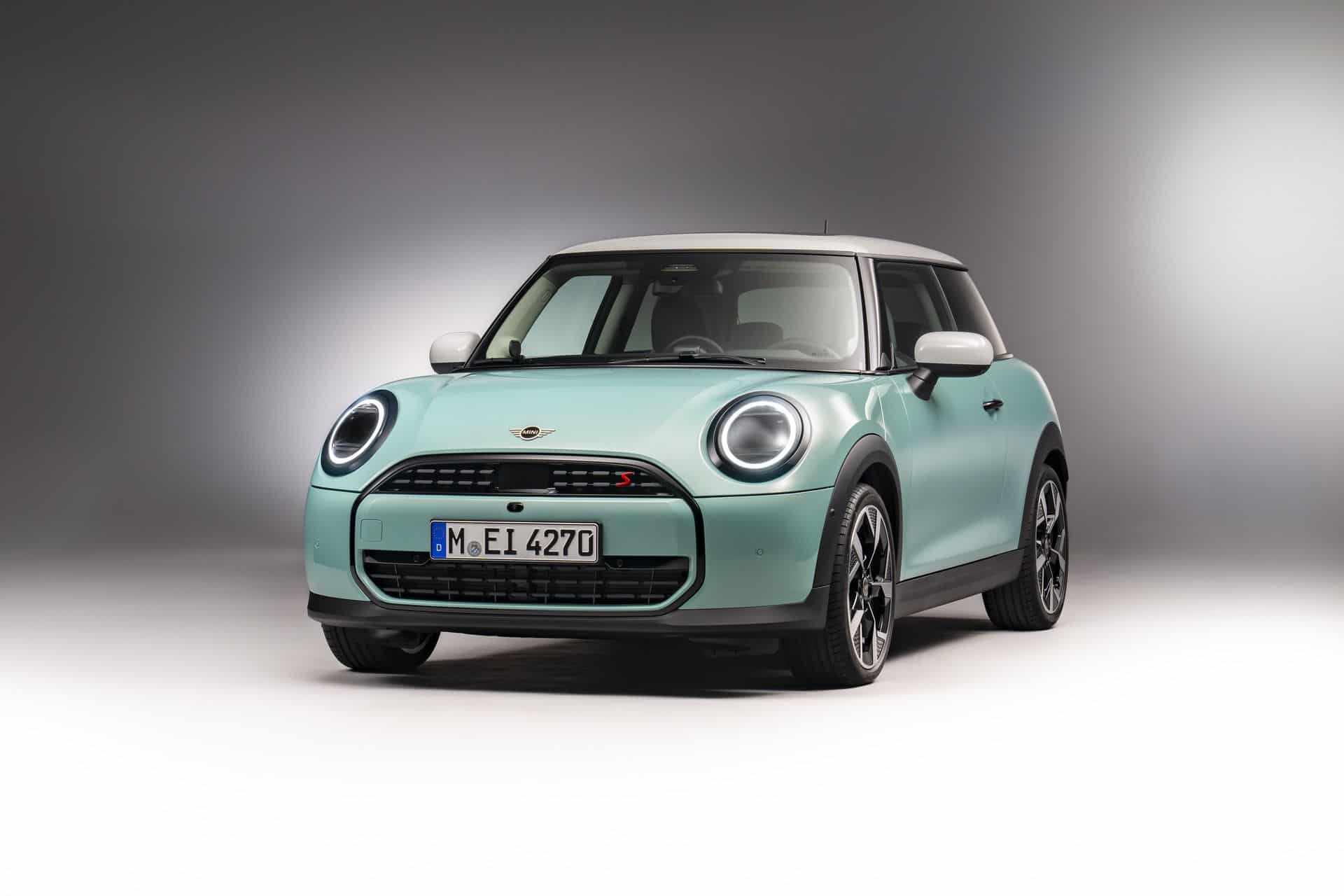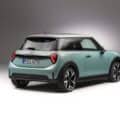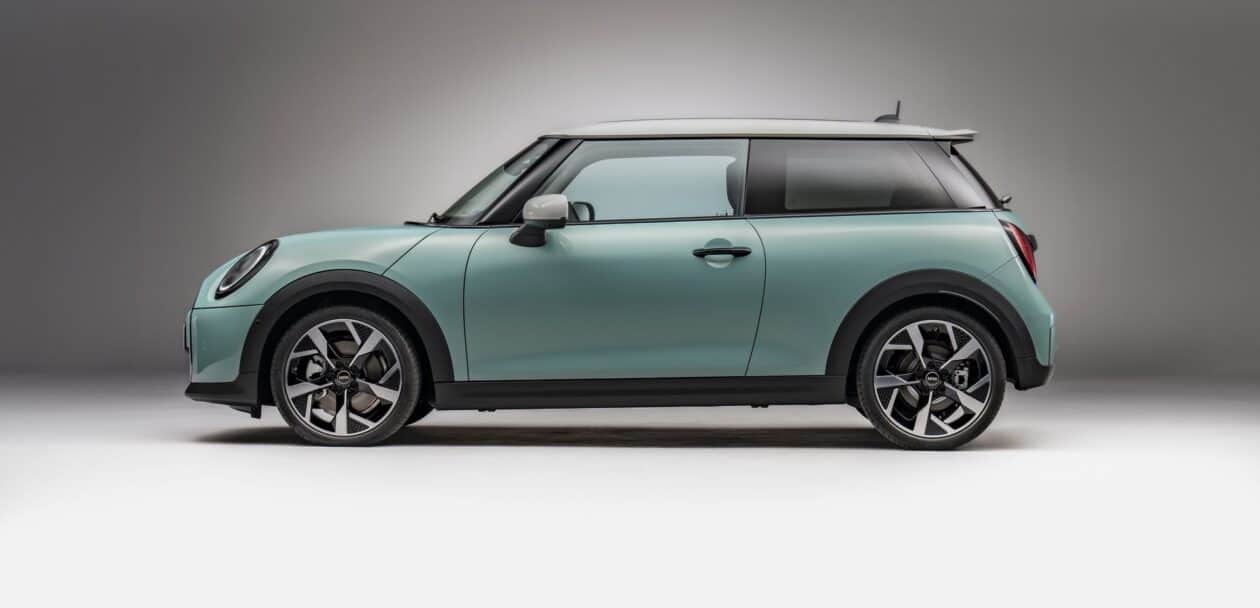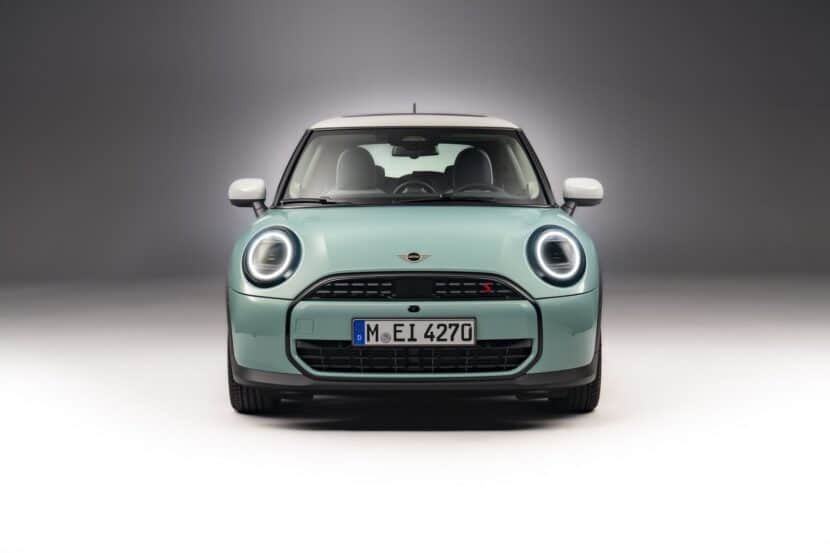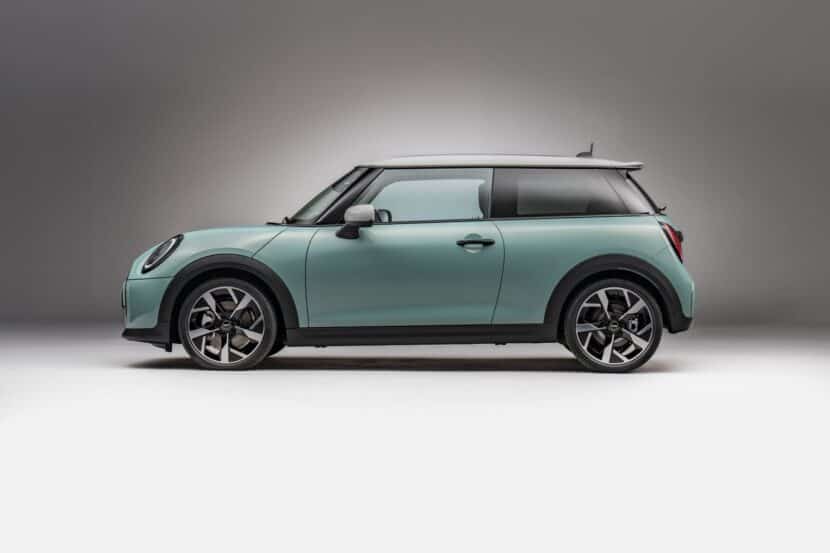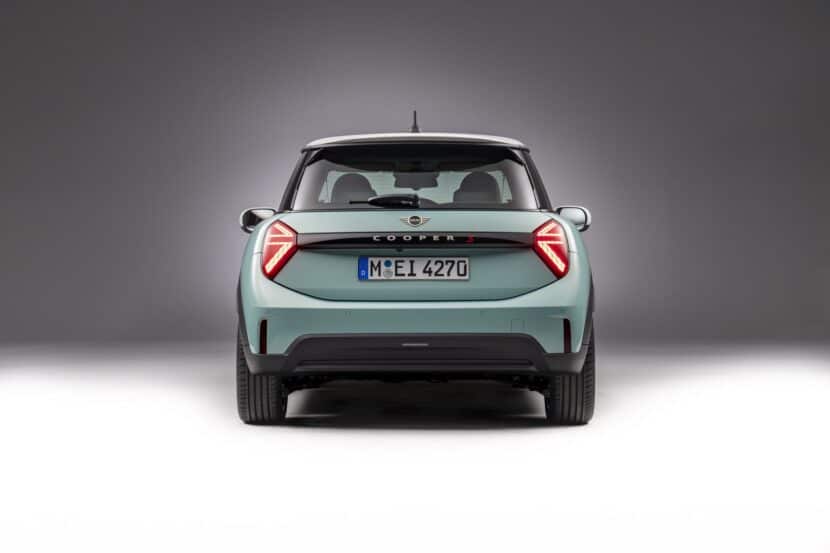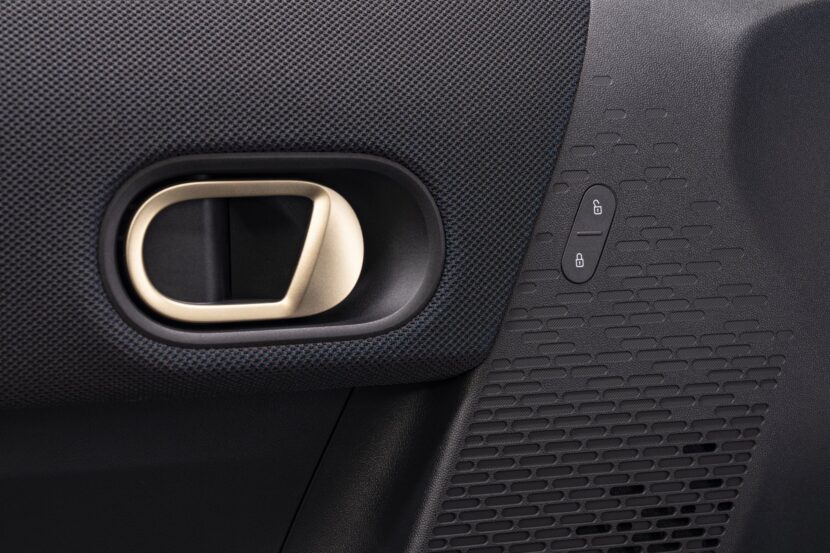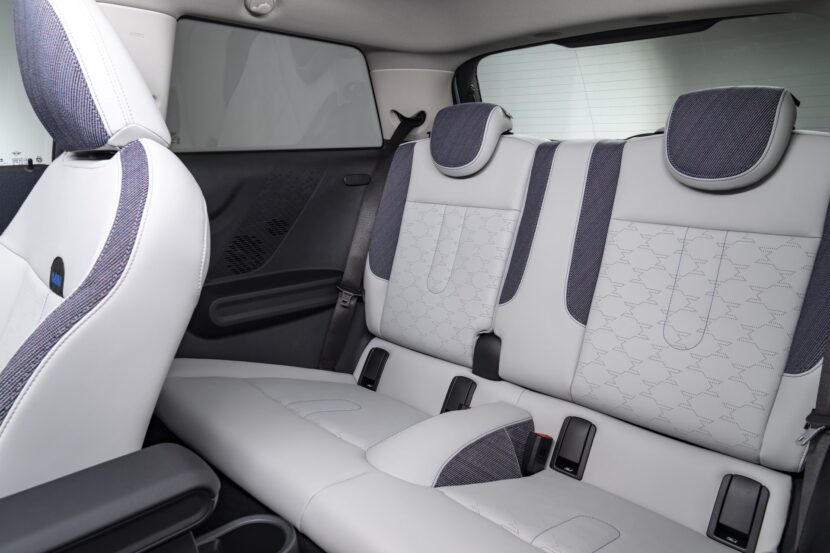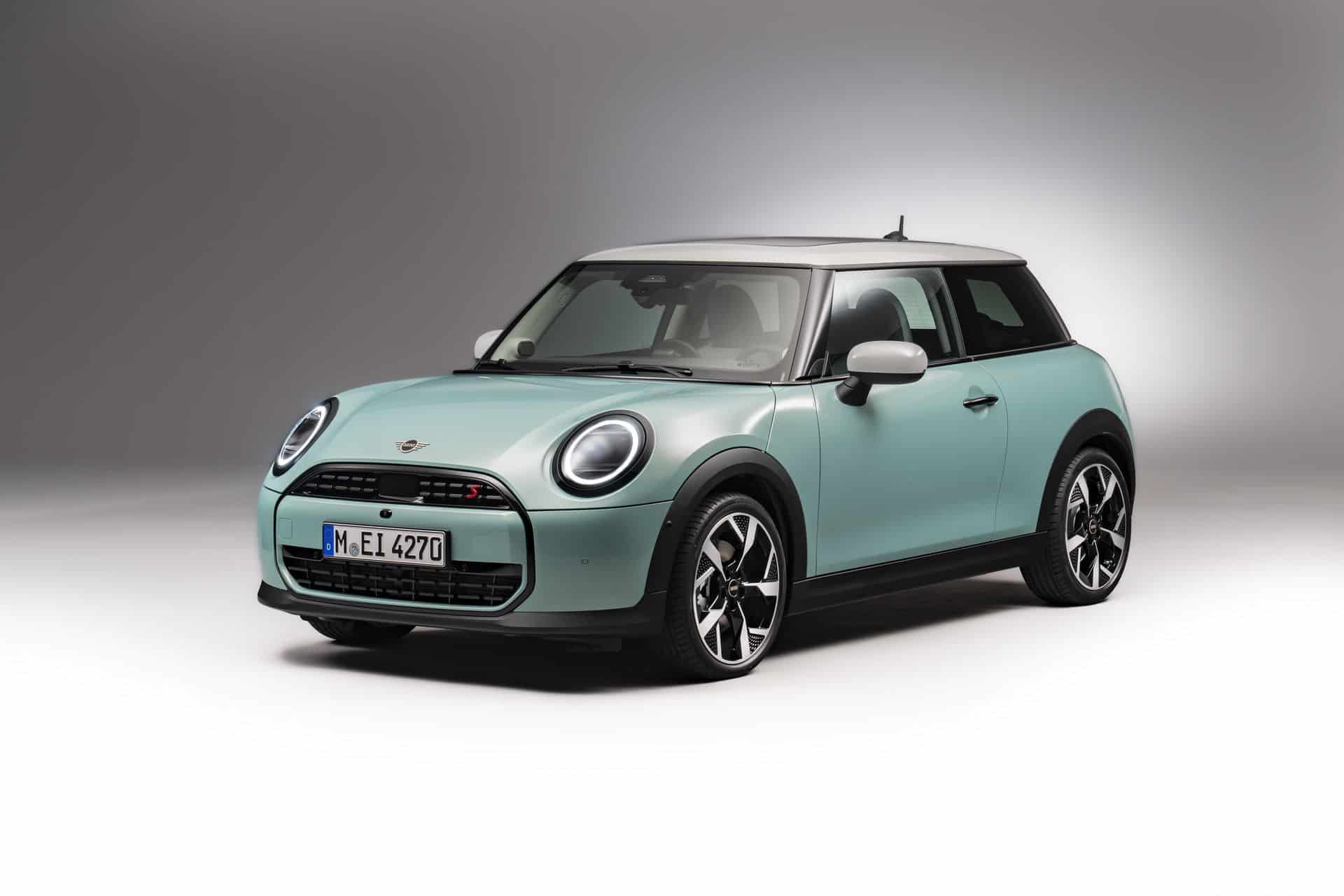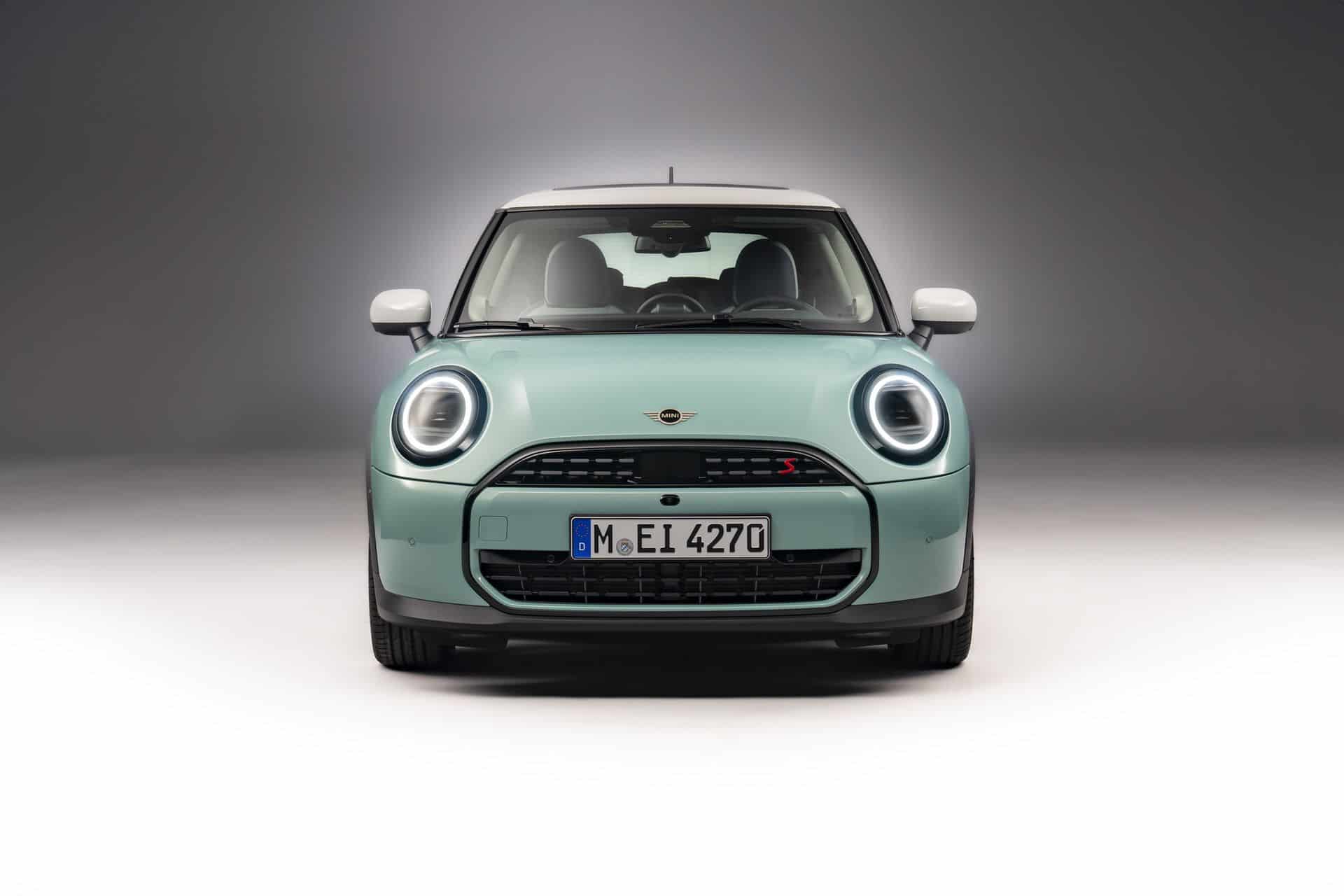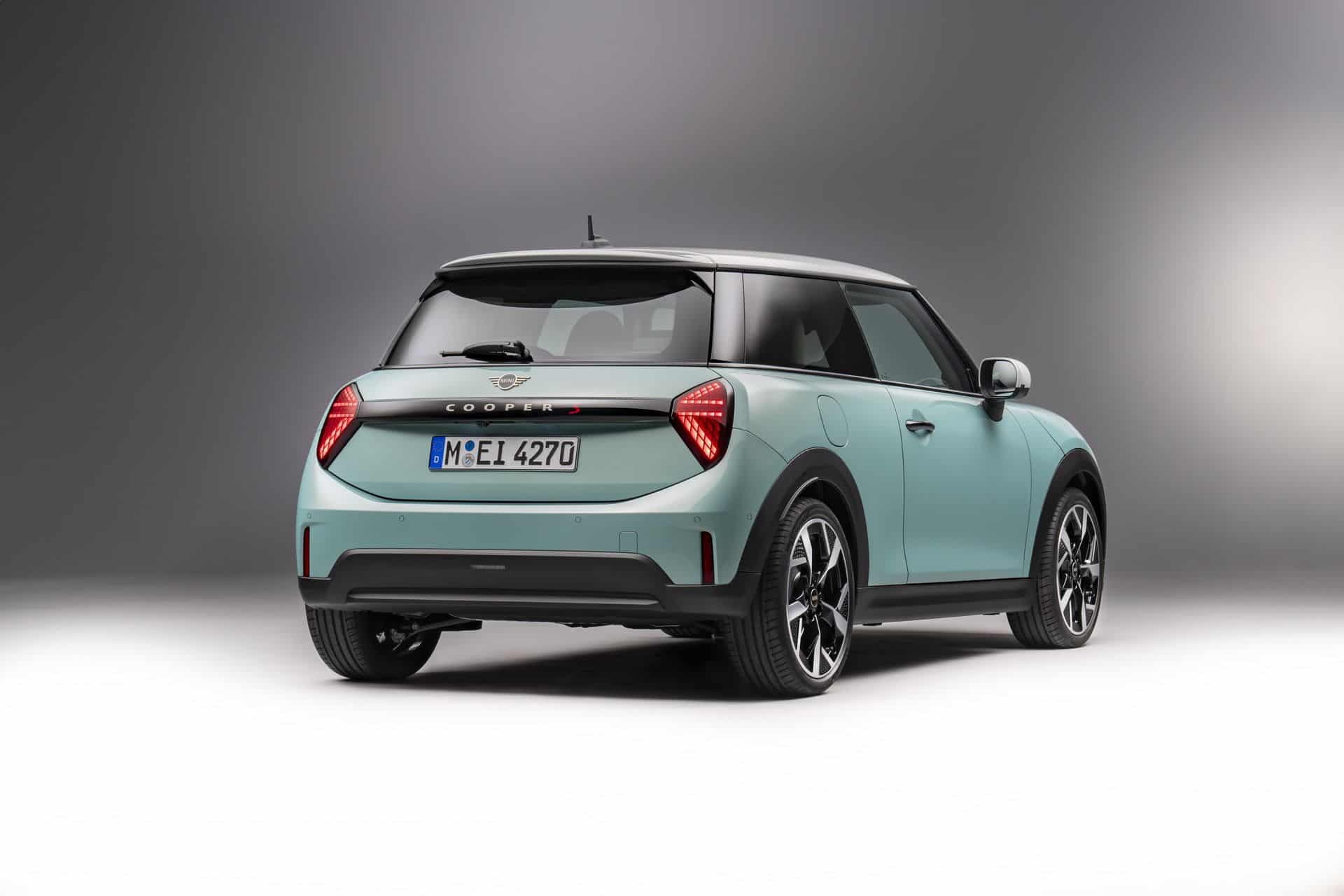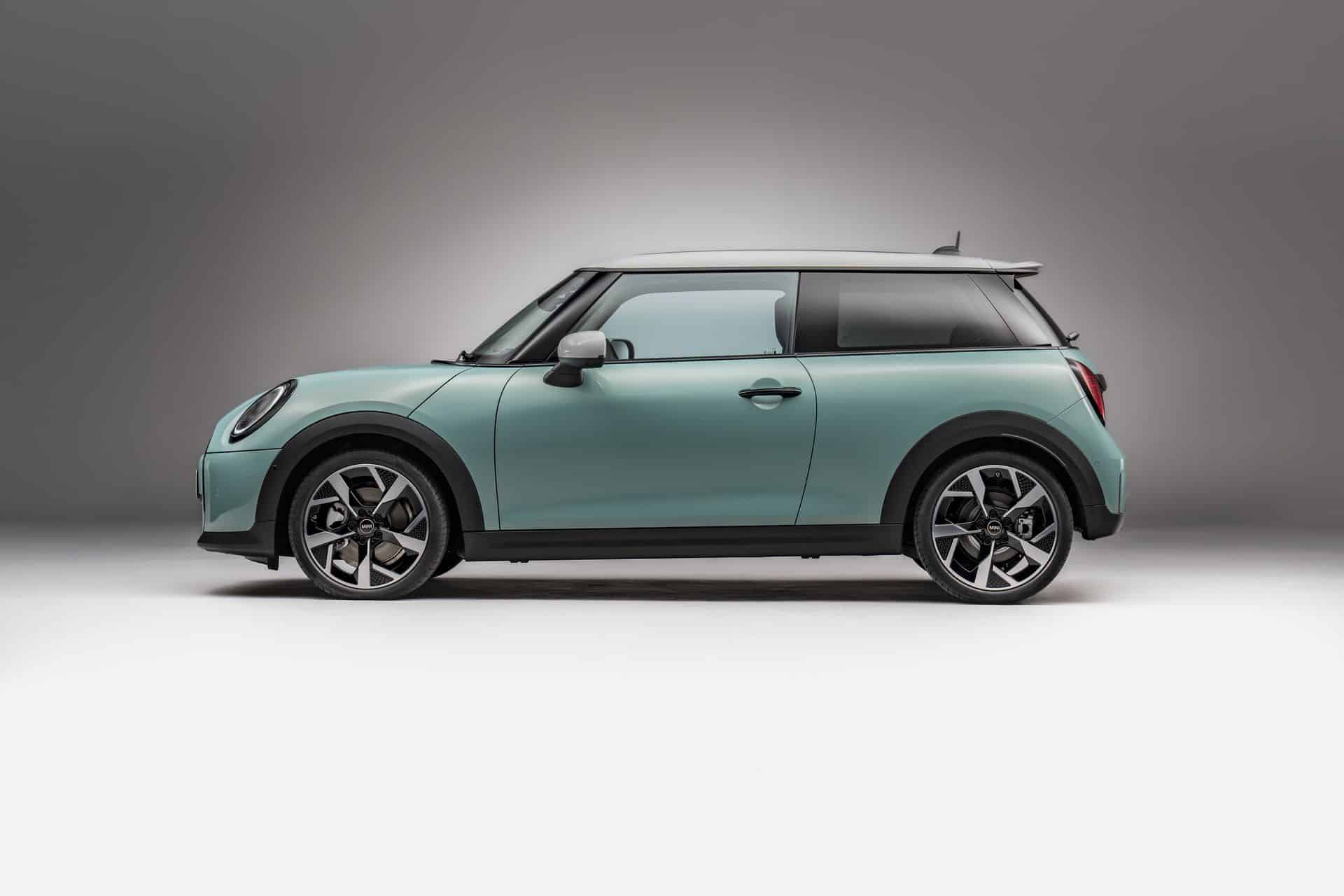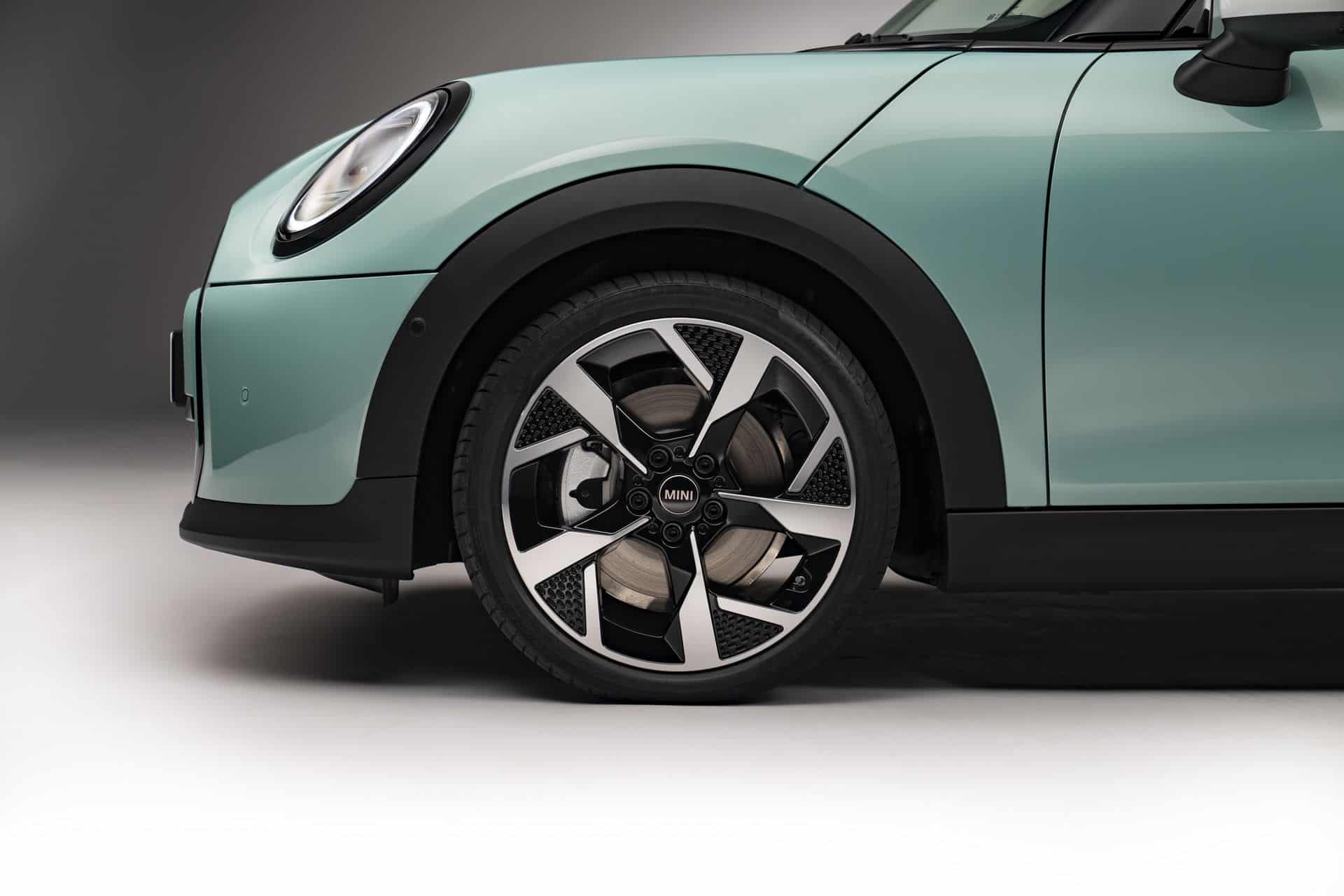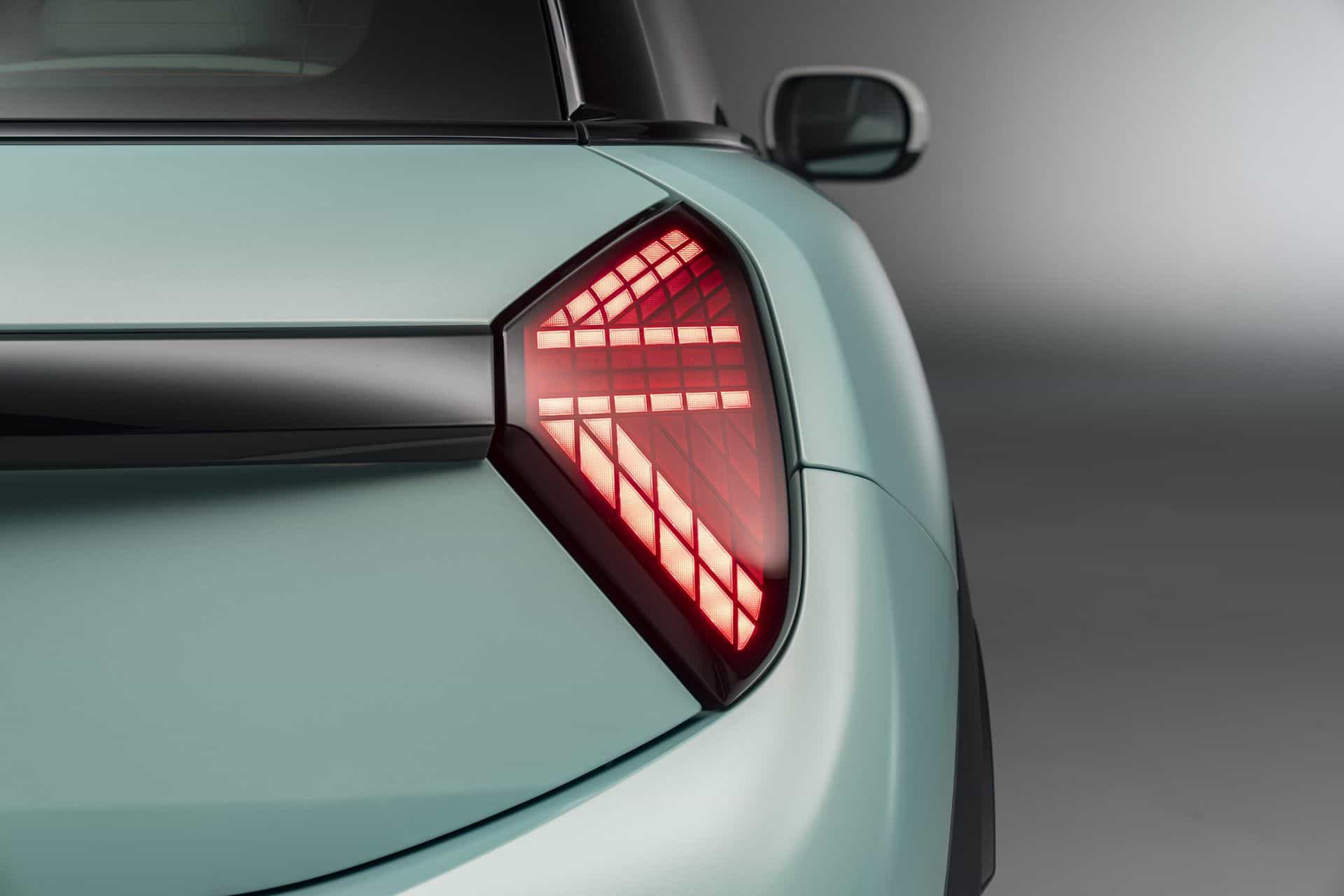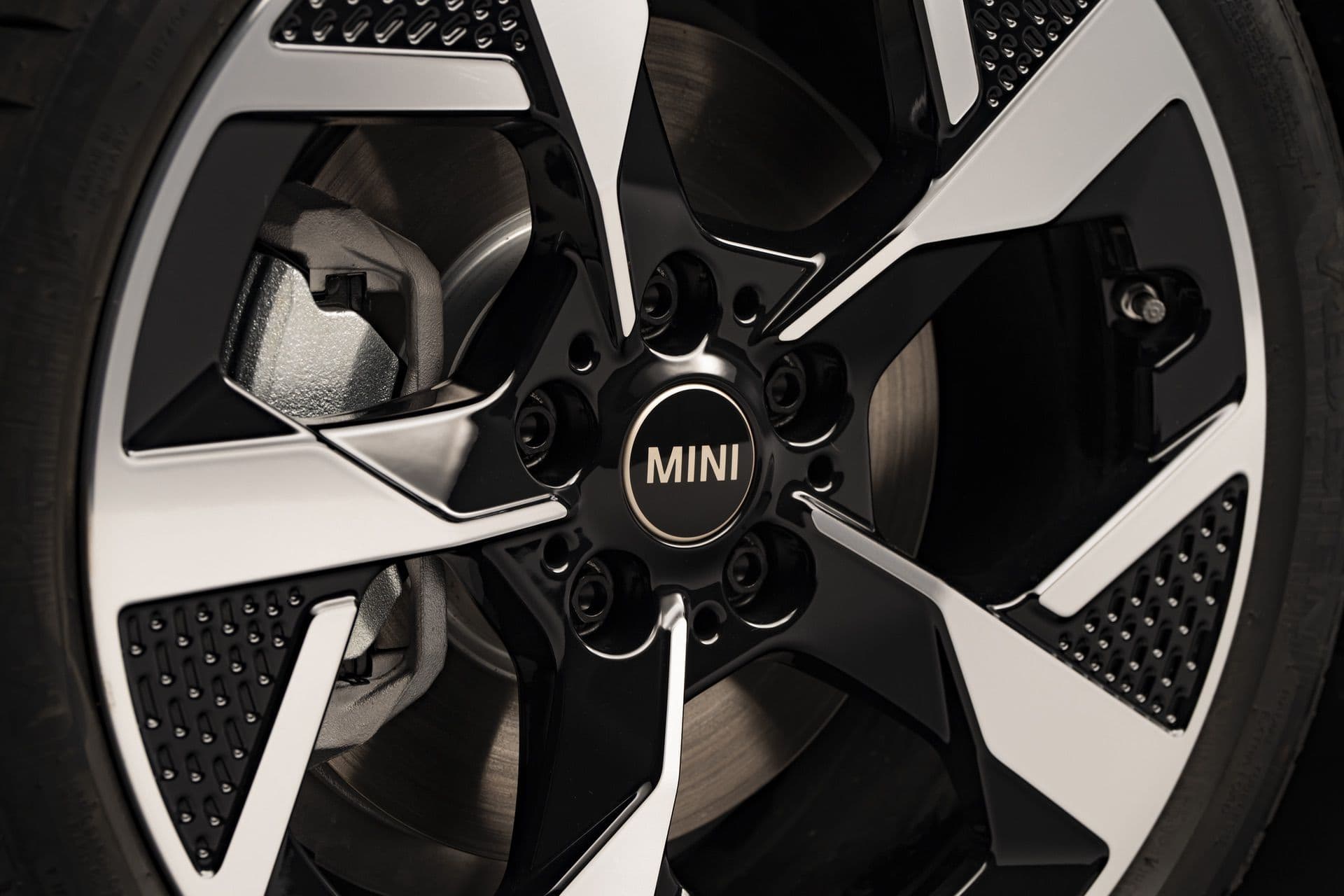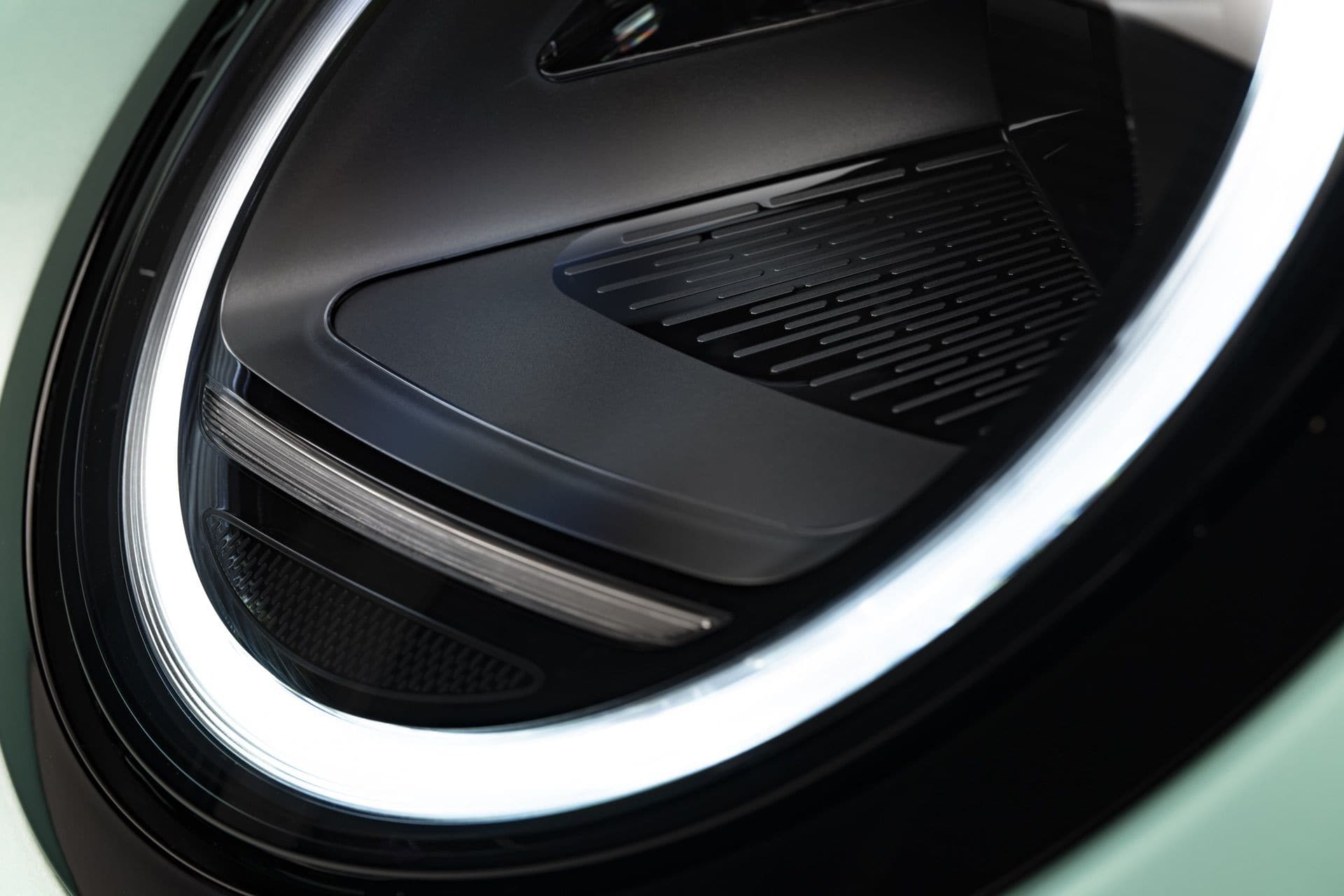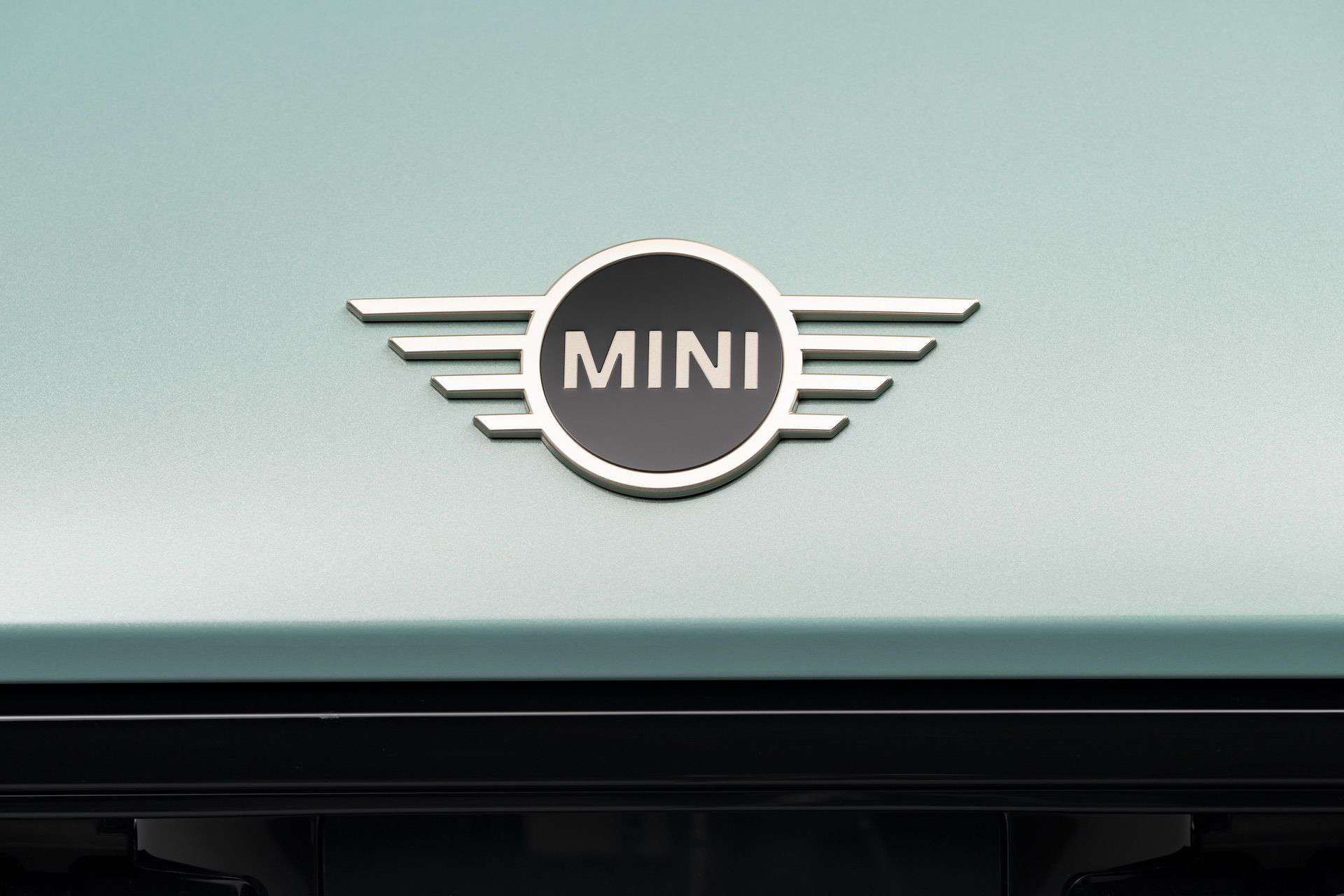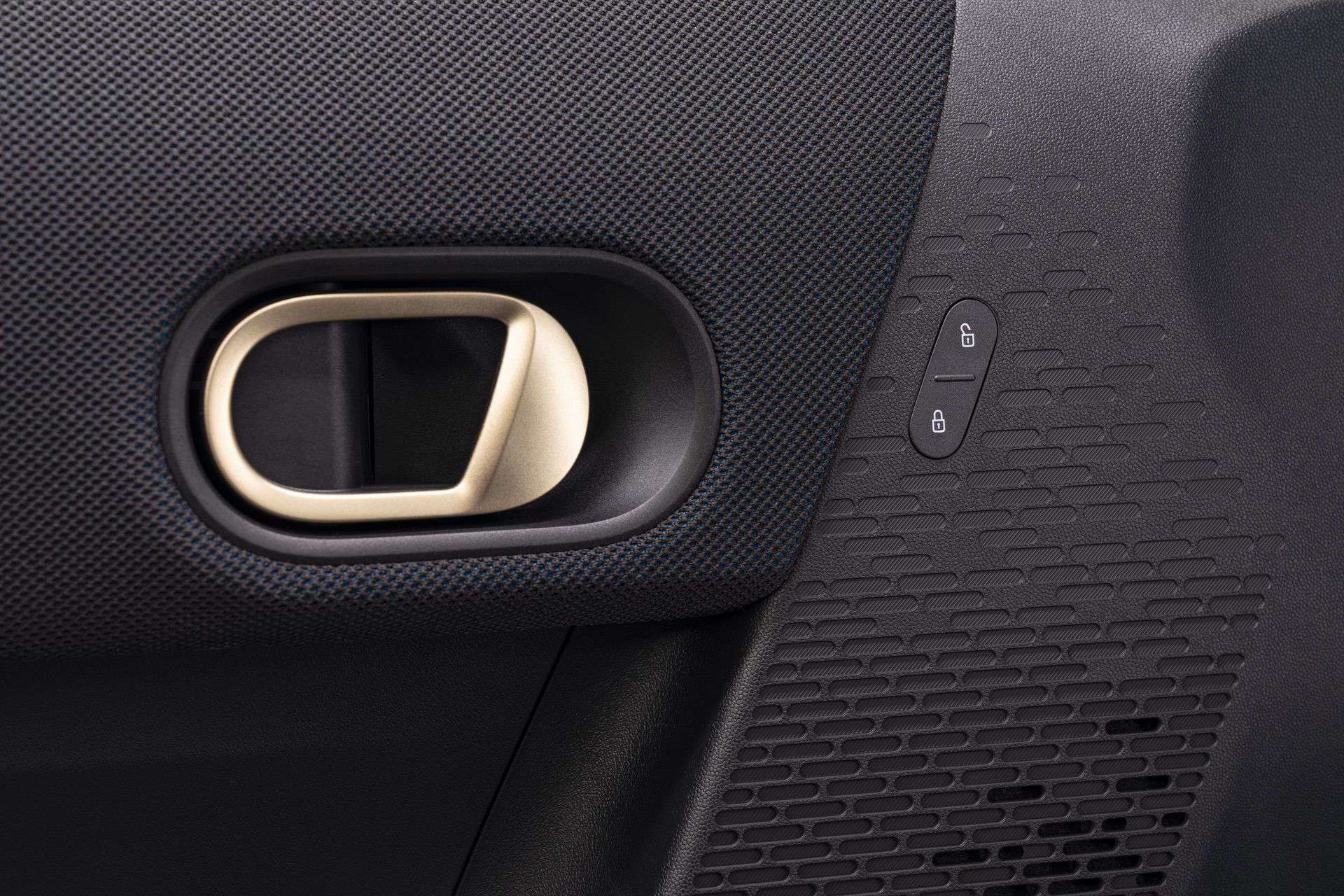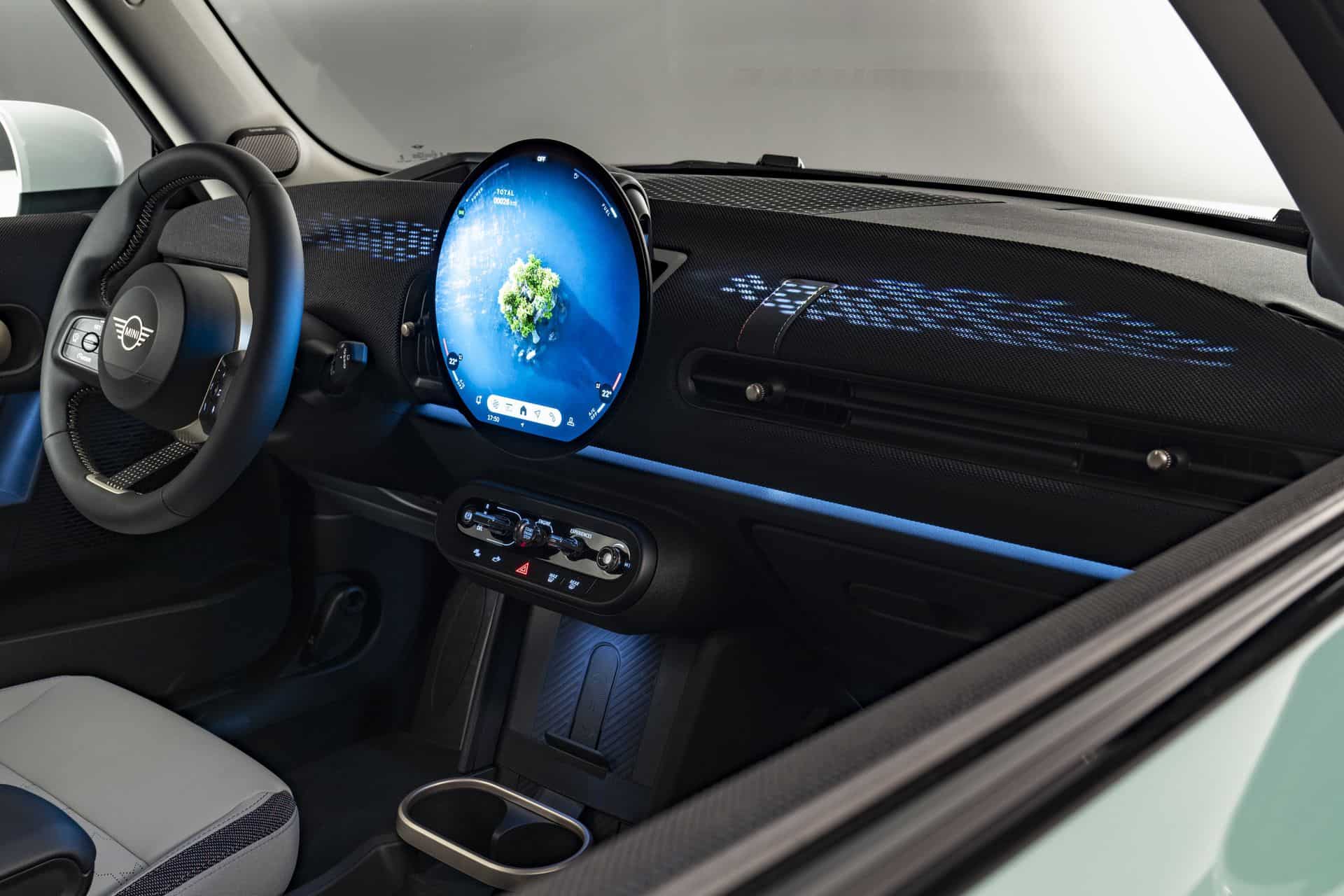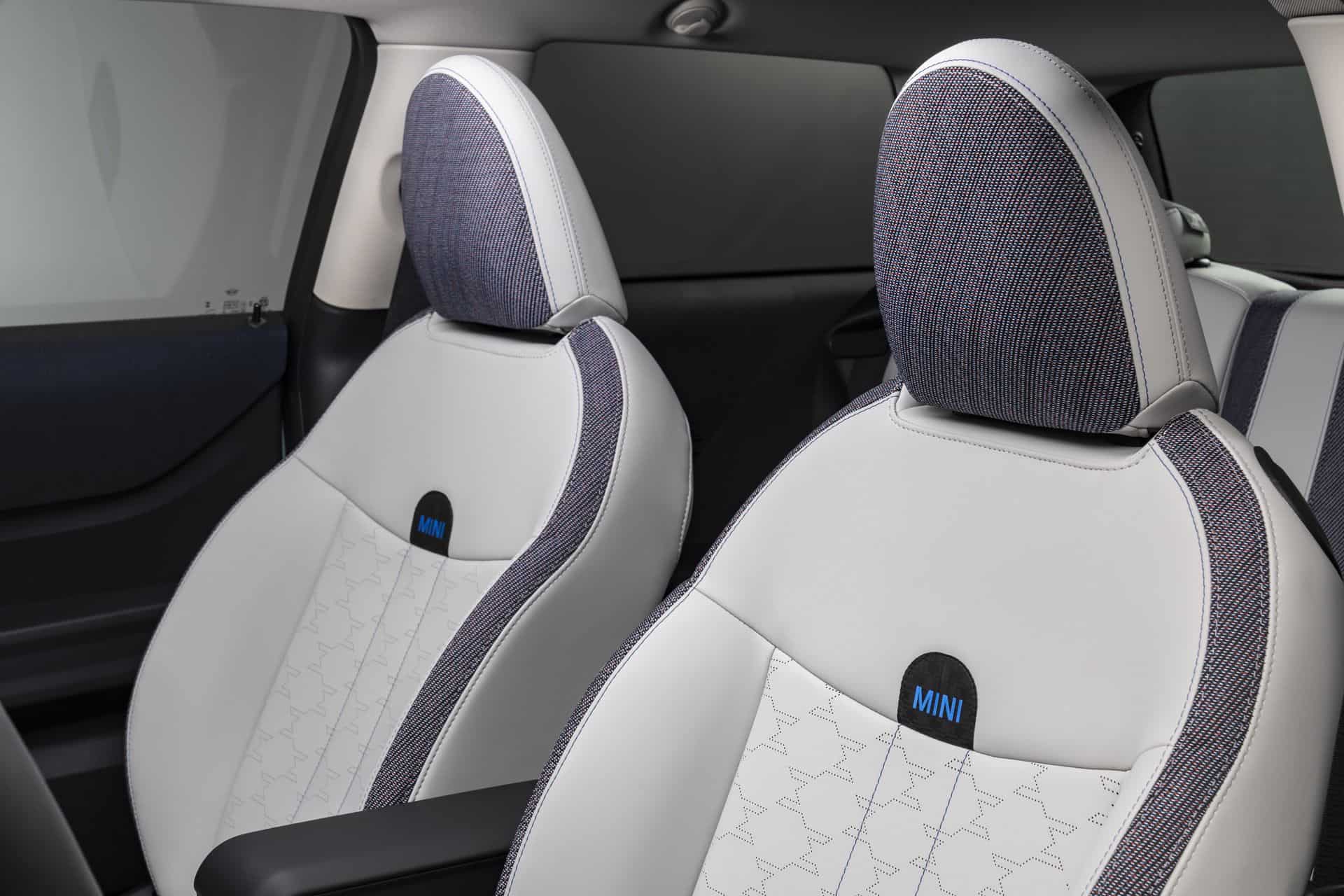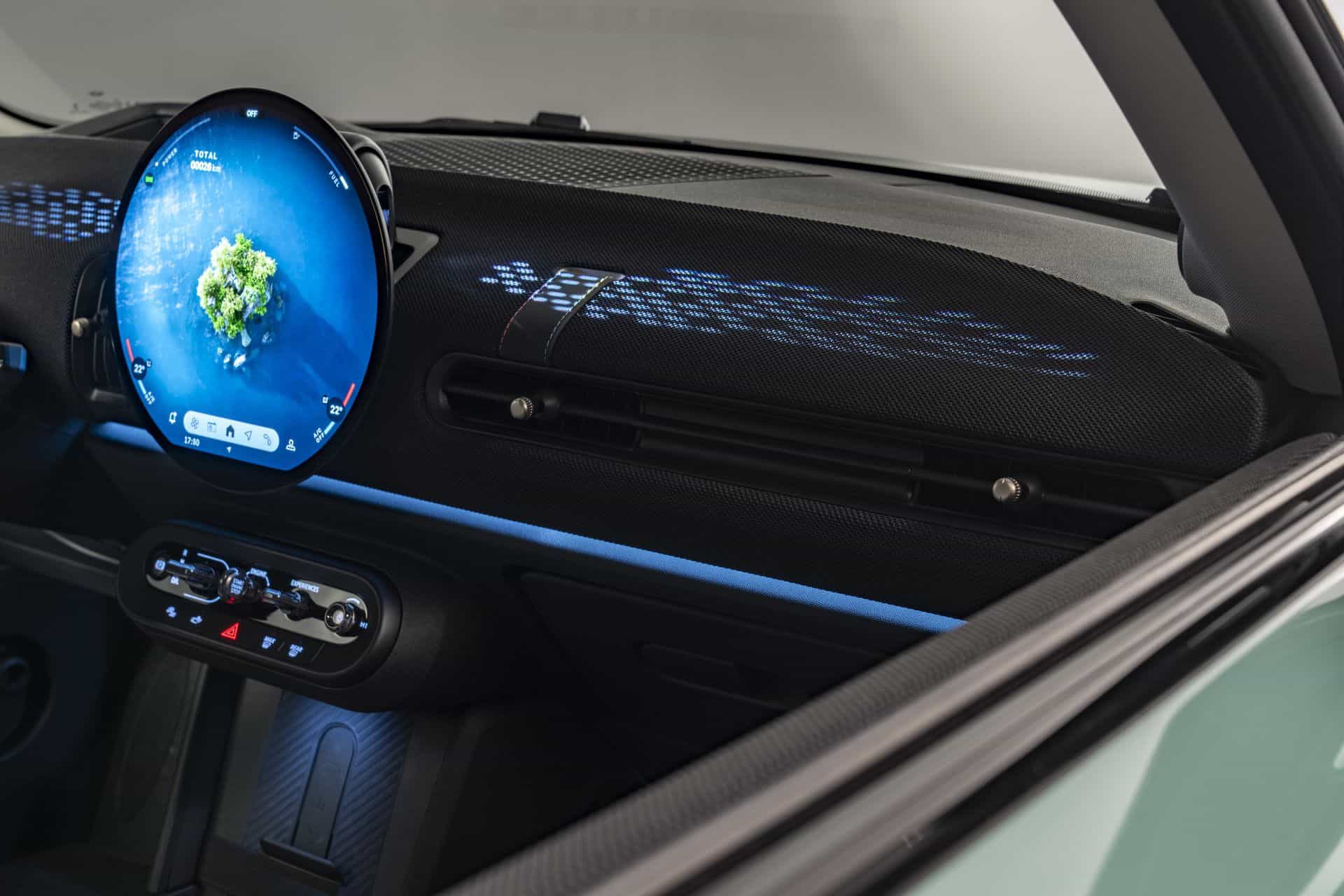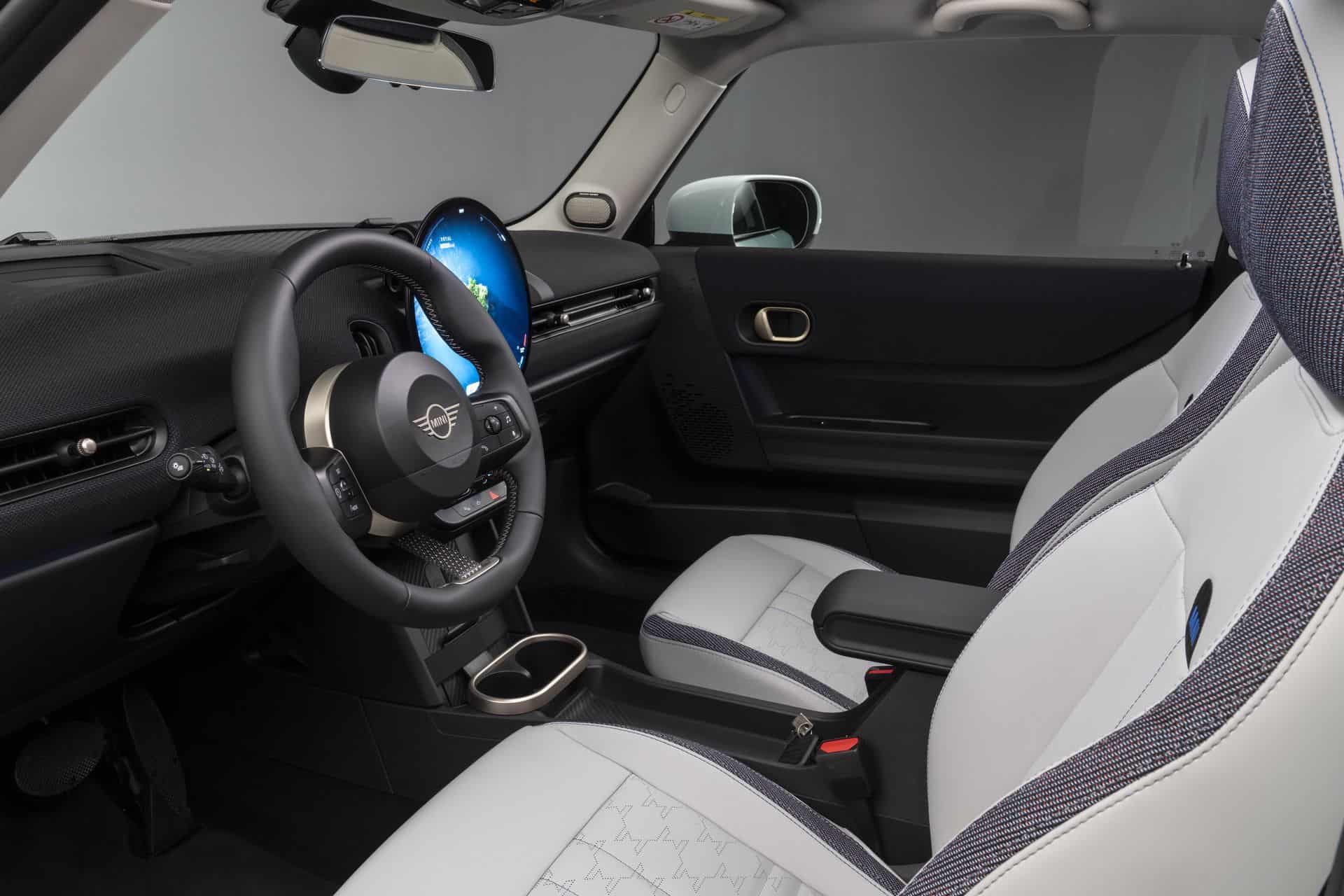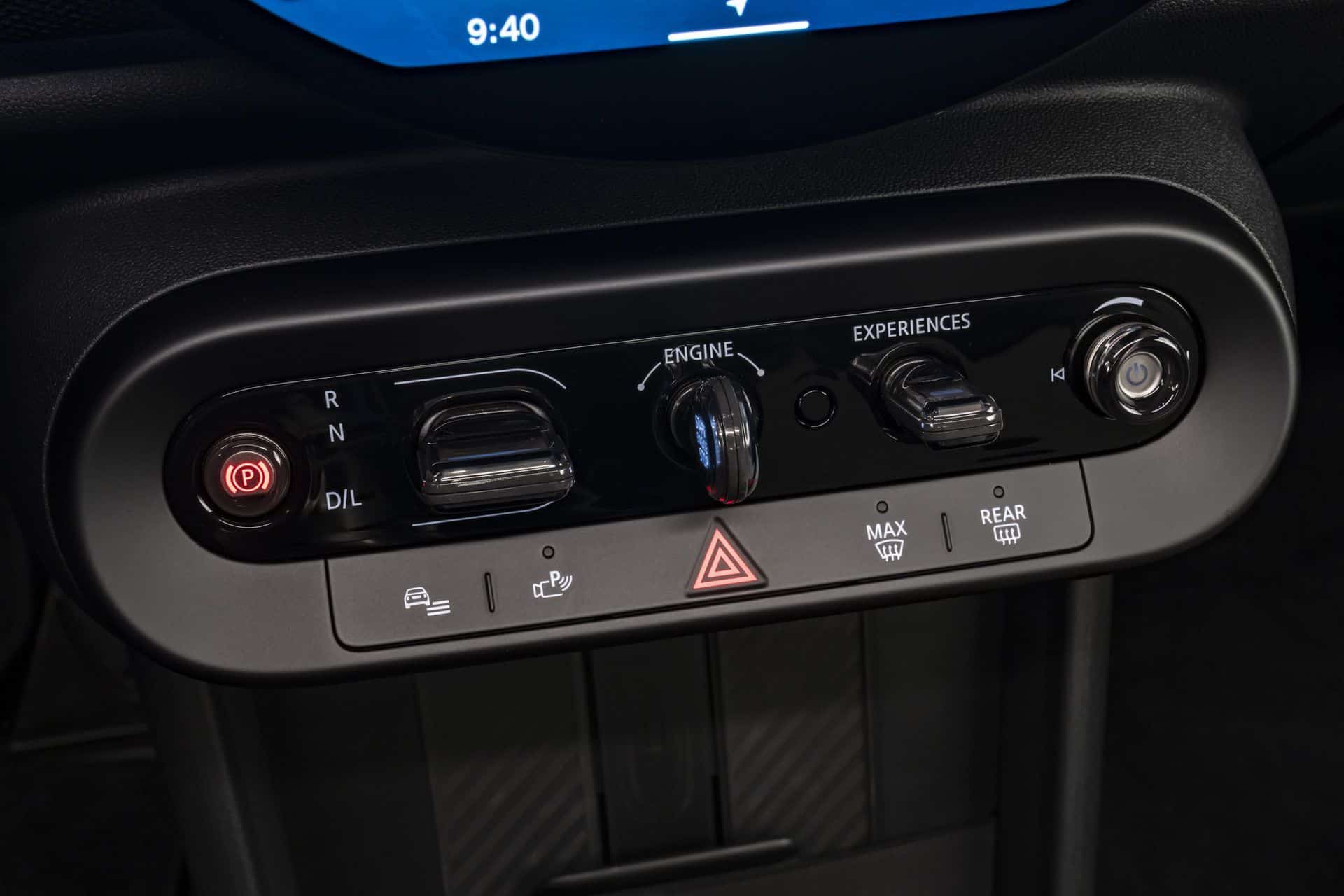At a glance, the heavily refreshed 2025 model-year MINI Cooper appears to have hardly changed at all, especially if you see it from the front. With a more thoughtful look, though, you start to notice the many important changes that MINI has made to what is probably its last gas-burning model. The new model (codenamed F66 in three-door guise) has a lightly restyled front fascia and a completely new rear fascia that mimics the look of the fully electric J01, as well as an all-new interior. Unlike the electric J01, which is built on a separate bespoke EV platform, the new combustion MINI models will still roll out of the Oxford factory that has been building them for decades. Deliveries should begin sometime later this year.
Design Changes
In the front, the new MINI has a more simple bumper design that no longer has the vertical slats that the outgoing F56 got as part of its second facelift. The apron also appears to have a slightly different shape, and it stays horizontal all the way across the bumper; it doesn’t kick up where it meets the grille as it did on the older model. The grille itself appears to have an identical outline to the outgoing model’s, but its inner design is different. The new car also has a small panel that hides its semi-autonomous driving and some of the sensors for the safety systems. This was not present on the old model and it highlights the fact that the new model has more advanced safety systems.
| Model | MINI Cooper S F66 | MINI Cooper C F66 |
|---|---|---|
| Length | 3877 mm / 152.6 in | 3877 mm / 152.6 in |
| Wheelbase | 2495 mm / 98.2 in | 2495 mm / 98.2 in |
| Width | 1744 mm / 68.6 in | 1744 mm / 68.6 in |
| Height | 1432 mm / 56.3 in | 1432 mm / 56.3 in |
From the side, you would be hard-pressed to say that you are looking at a new model because the overall shape of the vehicle is identical. The only way you will be able to tell you’re looking at an F66 will be by the new colors and wheel designs, or if you move towards the back and you start to see the shape of the new-design rear lights.
The shape of the hatch is different to follow the contour of the light clusters, and the bumper has a simpler, more minimalist shape than before. It’s so minimalist that there is no longer a visible exhaust pipe poking through the faux diffuser, even though the vehicle shown in the photos is a Cooper S. We’ve seen camouflaged prototypes with a central exhaust, so we presume this will reappear on sportier variants that MINI has yet to reveal. One cool feature added to the new model is the selectable light signature for both the front and rear lights.
Interior
The new gas-powered MINI’s interior may seem identical to the electric model, but there are subtle differences. The dashboard appears to be almost identical, dominated by the new 9.4-inch circular OLED infotainment display that runs the new MINI Operating System 9 (a ground-up new system not related to any previous MINI or BMW operating system). The panel of buttons under the screen and the steering wheel also appear to be identical.
However, the door cards are different, with the latch placed much lower on the electric model. The electric J01 has its tweeters placed on the door, while in the new gas-burning model, they are still on the A-pillar like they were on the previous model. It also has an extra climate vent to the right of the steering wheel that is missing in the EV. MINI says the revised model has a 210-liter trunk, but you can extend the maximum load volume to 800 liters if you fold down the rear seat. That’s one liter less and 141 liters less than before, and the numbers are identical to those of the J01 EV.
One completely new feature for the model is MINI Experience Modes, which features two projectors that beam graphics onto the dashboard as a form of upgraded mood lighting. It even has a personal mode that allows users to select a photo of their choosing via the MINI app and have it projected onto the dash. The system blends the color of the chosen photo into the rest of the car’s interior lights to make it look like it’s seamlessly integrated with all the interior illumination.
Another addition is the new MINI Intelligent Personal Assistant (IPA), which you activate by saying “Hey MINI,” and it even has a 3D visualization that can either be a car or a stylized dog called Spike. Buyers will be able to specify an optional upgraded navigation feature with augmented reality, as well as live traffic and parking information.
MINI has officially announced that there won’t be a new Clubman model (the last F54 rolled off the production line in Oxford earlier this month), but the manufacturer plans to keep the five-door (codenamed F65) and the convertible (F67) in production alongside the three-door hatch.
Trims and Engines
The new models are no longer simply called MINI, but MINI Cooper. The base model is the MINI Cooper C, which is powered by a 1.5-liter turbocharged three-cylinder that makes 156 horsepower and 230 Nm (169 lb-ft). The MINI Cooper S gets a 2-liter, four-pot turbo with 204 horsepower and 300 Nm (221 lb-ft). Both are slightly more powerful than outgoing equivalent models, and they sprint from a standstill to 100 km/h (62 mph) in 7.7 and 6.6 seconds, respectively.
| Model | MINI Cooper S F66 | MINI Cooper C F66 |
|---|---|---|
| Engine | 2.0 liter | 1.5 liter |
| Power | 204 hp | 156 hp |
| Torque | 300 Nm (221 lb-ft) | 230 Nm (169 lb-ft) |
| 0-62 | 6.6 seconds | 7.7 seconds |
There isn’t a significant difference in terms of fuel efficiency, with the smaller-engined variant requiring between 6.5 and 5.9 l/100km (36 and 39.8 mpg US) on average and the 2-liter between 6.7 and 6.1 l/100km (35 and 38.9 mgp US) calculated on the WLTP test cycle. Four trim levels will be available: Essential, Classic, Flavoured, and JCW, and each will have some unique customization options. Four contrasting roof colors will be available, and wheel sizes will range from 16 to 18 inches. In the U.S., the wheel sizes start at 17 inch.
The MINI Cooper S destined for the US starts production as of March 2024, and will come with a US base MSRP of $32, 200 plus $995 destination and handling. The MINI Cooper for US customers starts production as of July 2024 and will come with a US base MSRP of $28,950 plus $995 destination and handling.


